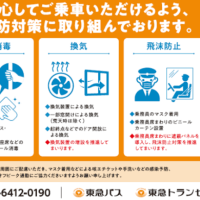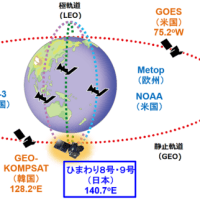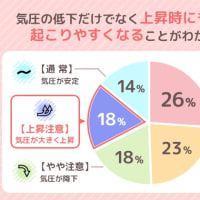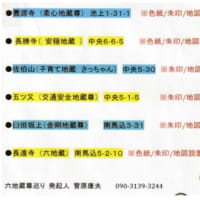2012年2月6日、IEEE Standards Association Boardは、IEEE 802.15.4f Active RFID System Standard文書の公開を承認しました。IEEE 802.15.4fアクティブRFIDシステム標準のおよその公開日は、2012年3月28日前後です。
TG4f Active Radio Frequency Identification (RFID) System Project Overview
The current IEEE 802.154f draft standard document (D7P802-15-4f_Draft_Standard) is an amendment to the IEEE 802.15.4-2011 standard document.
IEEE 802.15.4f Project Authorization Request (PAR):
file:///C:/Users/sakura/AppData/Local/Packages/Microsoft.MicrosoftEdge_8wekyb3d8bbwe/TempState/Downloads/P802.15.4f%20(1).pdf
Purpose of proposed IEEE 802.15.4f standard;
To provide a standard for low cost, ultra low energy consumption, flexible and highly reliable communication means and air interface protocol for Active RFID and sensor applications. The air interface should be able to support a wide range of needs for which Active RFID systems can be useful and enable improved performance and flexibility for future mass deployments of Active RFID systems around the world.
低コスト、超低エネルギー消費、柔軟で信頼性の高い通信手段、およびアクティブRFIDおよびセンサーアプリケーション用のエアインターフェイスプロトコルの標準を提供する。 エアインターフェースは、アクティブRFIDシステムが有用である可能性のある幅広いニーズをサポートでき、世界中のアクティブRFIDシステムの将来の大量展開のパフォーマンスと柔軟性を改善できる必要があります。
Active RFID Tag Definition;
An Active RFID tag is a device which is typically attached to an asset or person with a unique identification and the ability to produce its own radio signal not derived from an external radio signal. Active RFID tag applications include wireless sensor telemetry, control, and location determination. To generate a radio signal, Active RFID tags must employ some source of power. Traditionally this has been accomplished by integrated batteries, although designs exist for such devices that harvest ambient energy from the surrounding environment.
Two Active RFID wireless (PHY) amendments and associated Medium Access Control (MAC) additions to the IEEE 802.15.4-2011 standard are currently in the IEEE-SA Sponsor Ballot phase;
- Low Rate Pulse Repetition Frequency (LRP-UWB) Physical Layer
- 6489.6 MHz, 6988.8 MHz, and 7987.2 MHz center frequencies.
- Minimum Shift Keying (MSK) Physical Layer
- 433 MHz Frequency Band
- 2450 MHz Frequency Band




















※コメント投稿者のブログIDはブログ作成者のみに通知されます